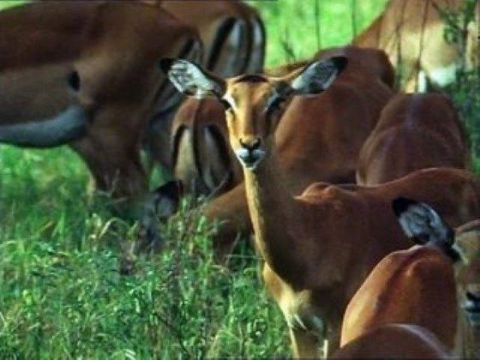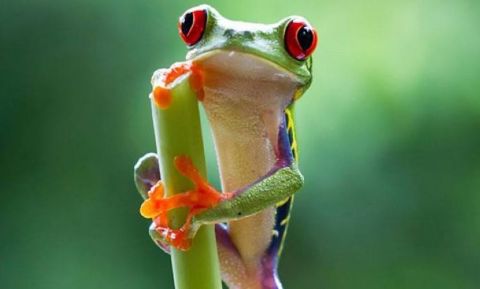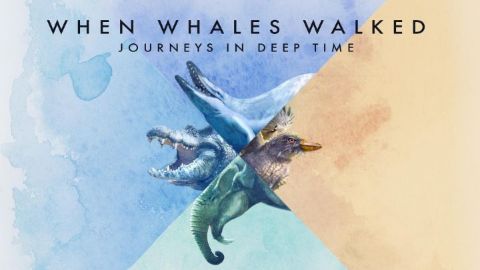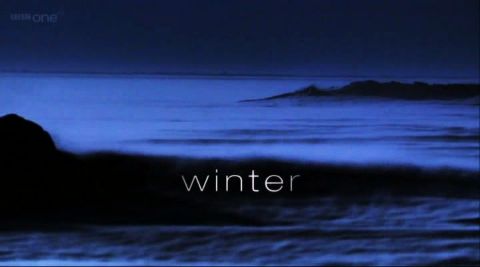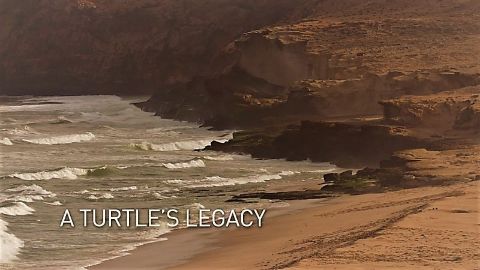The Edge of Existence • 2020
Tells the story of human/wildlife conflict in the Western Corridor of the Serengeti, Africa. Human-wildlife conflict is a global issue that has reached crisis levels, threatening the survival of both humans and wild animals. There are communities living alongside wildlife in some of the last remaining wilderness areas on earth. But these wilderness areas have started to disappear due to expanding human development, deforestation and depletion of natural resources, which has left humans and wildlife living in closer proximity than ever before. The situation is dire and if it isn't addressed urgently, it will have a catastrophic effect on the environment and on the communities that live alongside these wild animals. Seen through the eyes of the people who live in the Serengeti, and the daily challenges they face as they struggle to co-exist with Africa's Wildlife.
Make a donation
Buy a brother a hot coffee? Or a cold beer?
Hope you're finding these documentaries fascinating and eye-opening. It's just me, working hard behind the scenes to bring you this enriching content.
Running and maintaining a website like this takes time and resources. That's why I'm reaching out to you. If you appreciate what I do and would like to support my efforts, would you consider "buying me a coffee"?
Donation addresses
BTC: bc1q8ldskxh4x9qnddhcrgcun8rtvddeldm2a07r2v
ETH: 0x5CCAAA1afc5c5D814129d99277dDb5A979672116
With your donation through , you can show your appreciation and help me keep this project going. Every contribution, no matter how small, makes a significant impact. It goes directly towards covering server costs.
